If New Mexico is on your travel plan, White Sands National Park is a must-visit area. Thanks to its beautiful white dunes and cottonwoods, this is the favorite place for photographers and visitors. Read on if you want to know more about the region, including White Sands National Park’s weather and opening hours. We’ll also include 6 tips for the best photos in the area.
White Sands National Park’s Weather: When Is The Best Time To Visit?
White Sands’ weather is pretty comparable to that of Alamogordo.
During the wintertime, nighttime readings in White Sands are often under freezing point, with zero-degree nights. Remember this if you plan on winter camping in the woods. However, there is minimal rainfall throughout the wintertime, and the weather at nightfall is nice.
Summertime at White Sands is scorching, yet walks are quick and you might face unexpected conditions. Because of the massive number of visitors throughout the summertime, you’ll have to trek far out into the dune areas to minimize leaving footprints.
Winds are strongest in the springtime; thus, you shouldn’t schedule a long-distance trip to the monument during that time. However, if you stay in the southwestern side, springtime might be a terrific season to visit. Simply choose a time when the winds aren’t whipping.
In April, the countless yuccas in White Sands blossom. If you want to photograph them, check with the park entrance in April to learn if they’re in bloom. We recommend avoiding the periods of Spring Break and Easter when the site could be jam-packed.
The ideal season to travel is usually late October/early November, as Cottonwoods turn yellow.
Want to know the weather in other places? Check these articles
- North Rim Grand Canyon’s Weather: When Is The Best Time To Visit It?
- New Orleans’ Weather In December: When Is The Best Time To Visit?
- Puerto Rico Weather In December: Is It Favorable For A Visit
- Weather In Greece: The Best Reason To Visit The Land Of The God
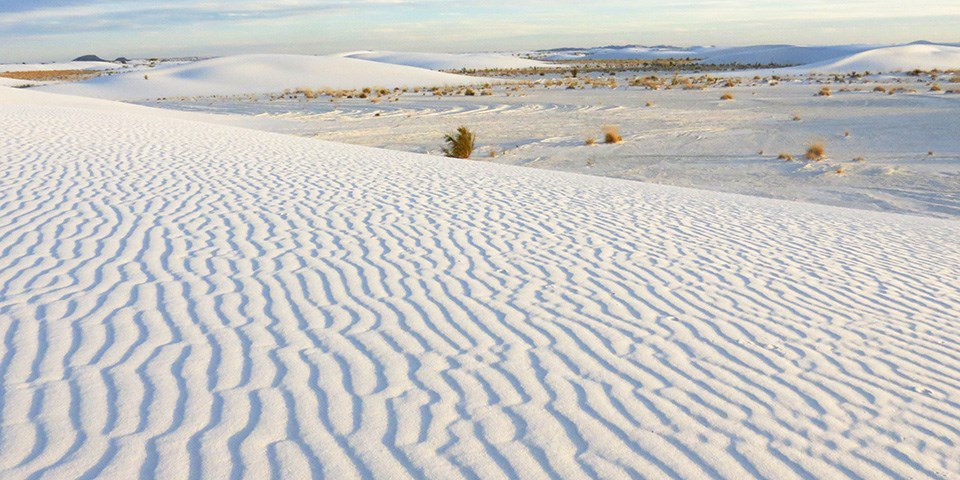
White Sands National Parks’ Hours of Operation
The opening hours of White Sands start from 7 am all weekday, which is usually half to an hour after dawn. Unfortunately, this is too late for the ideal dawn photos, given the time you need to travel into the area and climb on dunes.
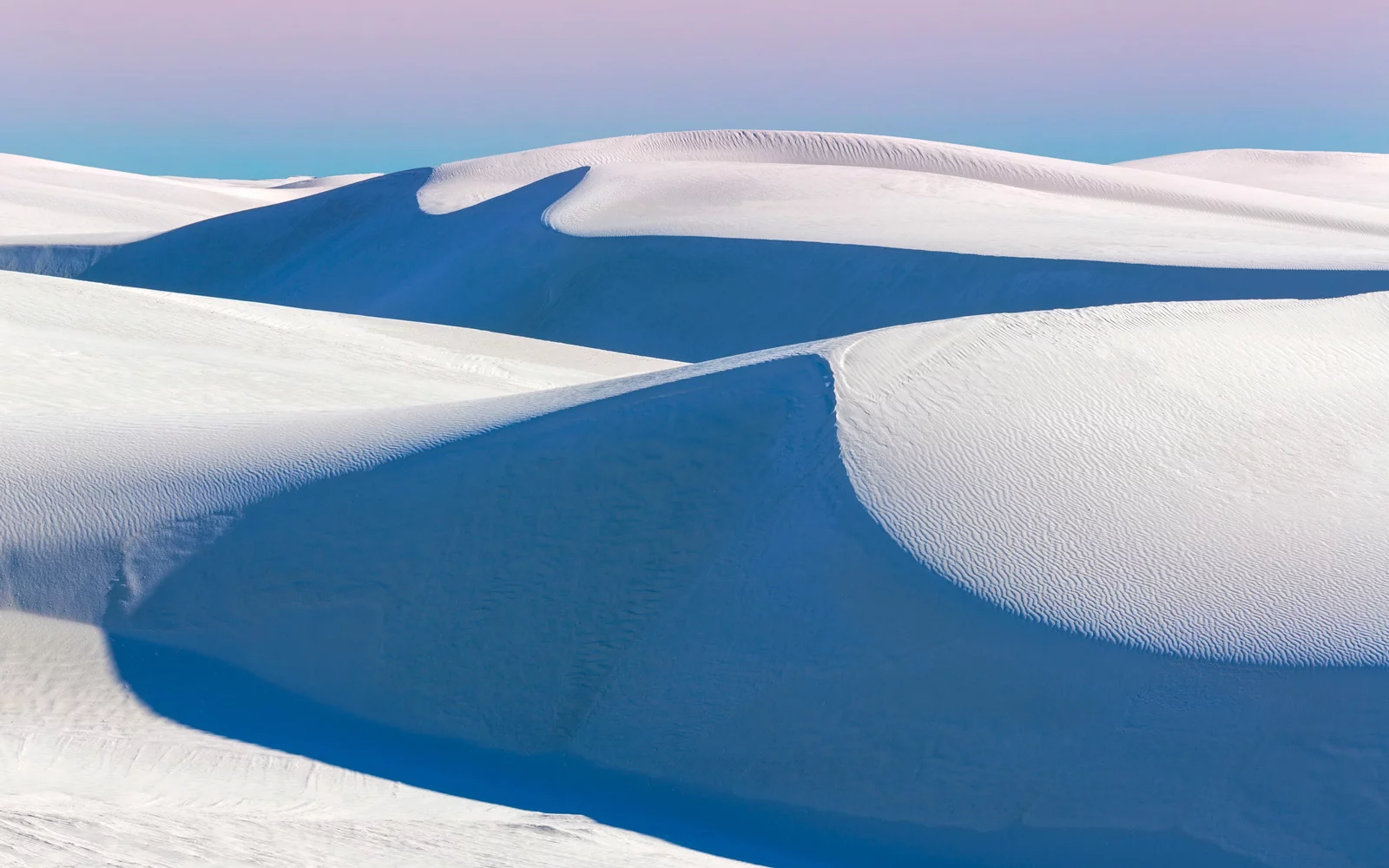
White Sands usually shuts 30 to 60 mins after sundown; thus, late-day shooting is feasible as long as you don’t venture too much into the dune areas.
Like most attractions, White Sands looks way better at dawn or during the blue hours. White Sands is sadly closed between sundown and daybreak.
You may prolong your photography session in 2 ways. The first one is to sleep overnight at one of the wilderness campgrounds or hotels near White Sands National Park.
Alternatively, you can buy the White Sands early bird/late stay tickets. This service allows you and your group to arrive before the admission hour and remain after closing time.
The cost is $50 an hour for each team, and your team can have up to 4 automobiles. If you want to come earlier or remain later, you must register at least 7 days ahead. For additional details and an entrance application, visit the White Sands homepage.
6 Shooting Tips For The Best Pictures In White Sands National Park
Set Exposure To The Right
Adjust the exposure as high as possible while limiting blown-out highlights during photographing. Exposure to the right enhances the volume of lighting that hits the lens and enhances the optical clarity of your photos.
In reality, “Exposure to the Right” entails studying the bar chart after taking and changing the apertures, ISO, or shutter rate as needed. If the bar chart does not approach the right side of the graph, adjust the exposure until it does.

Typically, after exposure reaches the right side, you must deepen the photo in post-production to boost contrasts or saturation or achieve a more natural-looking picture.
However, this isn’t necessary for White Sands NM photos because you would like the sand to be as white as feasible while preserving details.
Low Dunes Usually Deliver The Best Photos
Lower dunes are more likely to have fascinating contours and shapes, allowing for more diversified layouts than taller dunes. The tallest dunes in White Sands are located near the facility’s western edge, far from Loop Drive.
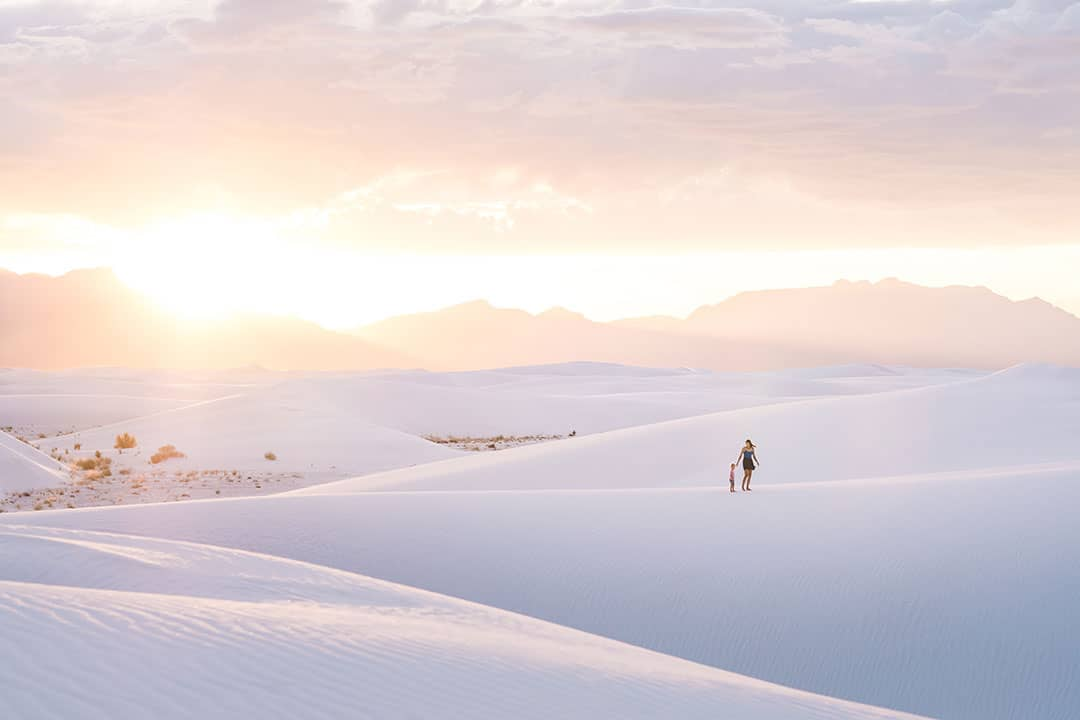
There is relatively minimal greenery in this region. Incorporate sandy waves or wildlife footprints in the background while filming the west side, and then utilize dune borders as guiding outlines and S contours.
Add additional background in your picture while photographing the lower dunes. Yuccas, weeds, and their shades offer outstanding background elements.
Photograph In The Blue Hours
The blue hours are the pre or post-dawn, or dusk hours. Many lost a lot of terrific opportunities by leaving as soon as the sunlight was out. Shades are finer around the blue hours, leading to more elegant images than those taken in the occasionally glaring lighting of this desert.
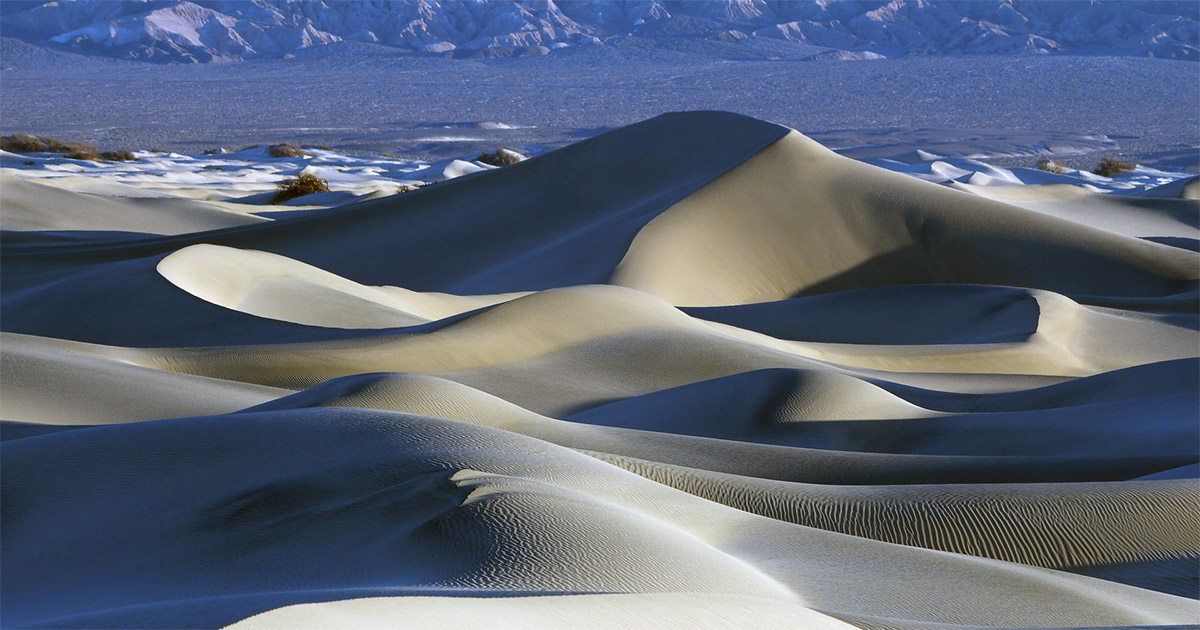
Color in the sky and reflective shades on the sand could last up to 45 mins after sundown. If you want to photograph in the blue hours, you’ll have to obtain permission for an early entry/late stay.
Cottonwoods and Fall Color
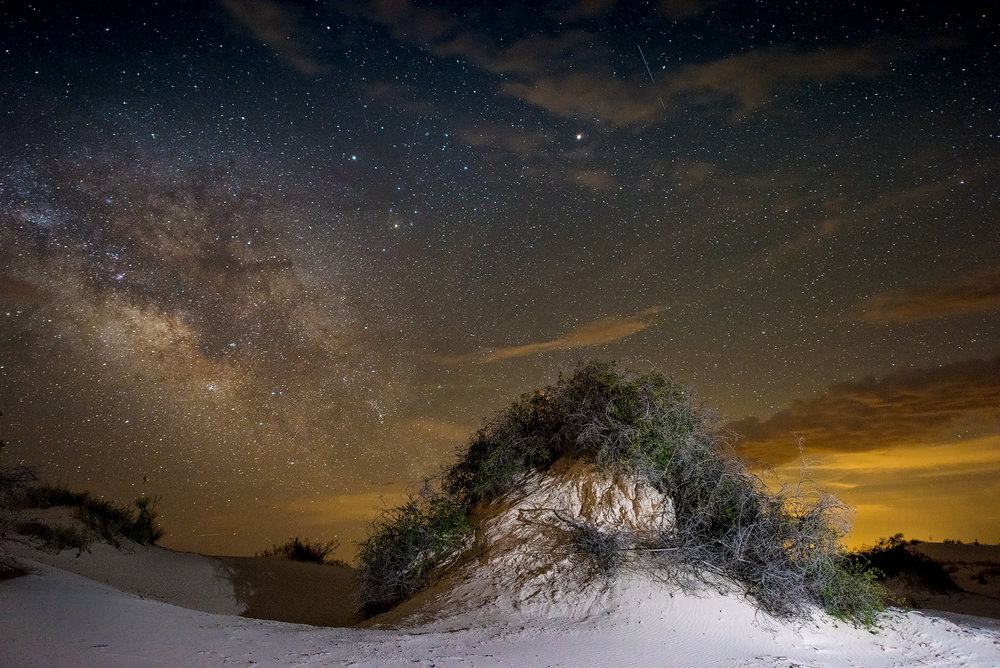
The onset of autumn colors is usually around late October. The yellow/orange color palette matches the clear sky and is aesthetically pleasing. In the monotone White Sands setting, a bit of color can make a big difference.
Photograph The Dunes Lit By A Full Moon
On Full Moon nights throughout the year, ranger-led full moon excursions are accessible. However, there is a fantastic thing about watching the dunes at night. Like the blue hours, you’ll need to register beforehand to spend the night.
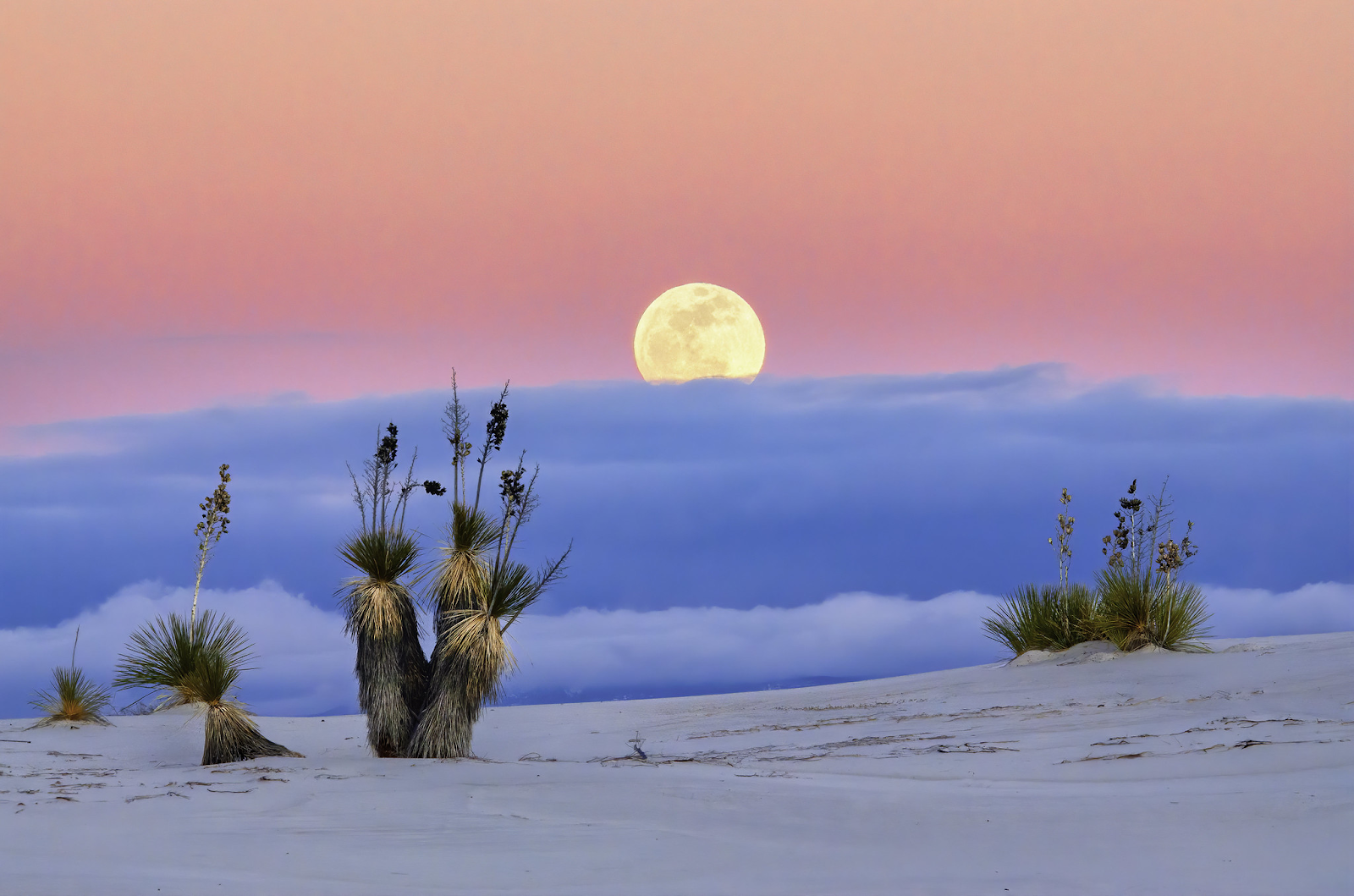
On the other hand, try light coloring a small yucca, sand waves, or a wildlife trace whenever the moon isn’t full.
Simplify
The best photographs in White Sands National Parks’ frequently feature a lone clump of grasses or a small yucca. However, yuccas and grasses like to grow in clusters, leading to cluttered layouts.

The part of Dunes Drive where the sidewalk terminates marks the approximate borderline between lush plants and the tall dunes region. As a result, it’s an excellent starting point for finding minimal textures and views.
Wrapping Up
White Sands National Park’s weather is extreme in summer and winter and extremely windy in spring. Thus, the best time to visit the area is during autumn.
Not only is it an excellent place to explore dunes, but it’s also an ideal destination for photography. In addition, as it’s only 391 km from Albuquerque to White Sands, you could also visit the city for more nighttime fun. So visit it, and we promise you’ll be amazed by the stunning views.
For more weather information and traveling guide, visit our website Enjoy Fun Trip.

